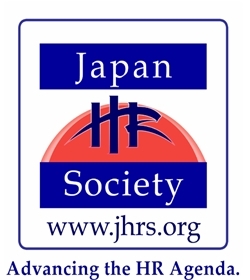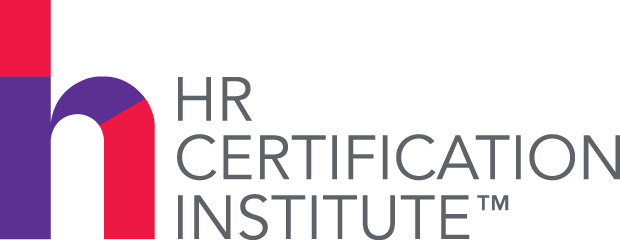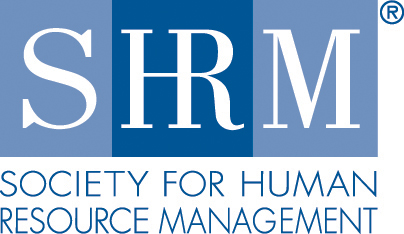Strategic management, according to Robert Lamb in his 1984 classic Competitive Strategic Management,
is an ongoing process of evaluating and controlling the business and
the industries in which the company is involved vis-à-vis new
technology, new competitors, a new economic environment, or a new
social, financial, or political environment.
Strictly speaking, however, strategic management is not a task.
Rather, it is a set of managerial skills that should be used throughout
the organization in a wide variety of functions to consolidate common
objectives towards the achievement of the organization's primary goal.
Needless to say, it wasn't long until the concepts of strategic
management saw its applications in human resources management not only
as a framework for participative decision-making but to make HR become
more involved as a marginal contributor to corporate success.
According to UK-based Chartered Institute for Personnel Development
(CIPD), strategic human resources management (SHRM) may be regarded as
a general approach to the strategic management of human resources in
accordance with the intentions of the organization on the future
direction it wants to take. It is concerned with longer-term people
issues and other macro concerns with respect to structure, quality,
culture, values, commitment and matching resources to future needs. As
such, it may even encompass more than one HR strategy.
On the other hand, the Japanese approach to strategic management is best exemplified by what is known as houshin kanri(方針管理)which literally means "management by policy." In houshin,
policy deployment cascades or deploys from the top management all the
way down to the management hierarchy. At each level, policy is
translated into targets and actions for the next level below the
organizational ladder.
This has a significant ramification to HR which has long been
regarded as a central organization in Japanese companies. In fact, UCLA
Management professor Sanford M. Jacoby and author of The Embedded Corporation,
aptly put it when he said that the Japanese HR Executive is a virtual
"kingmaker." He grooms executives for top management positions and
helps decide who makes it to the insider-dominated board of directors.
Unlike his counterparts in the West, the Japanese HR executive
typically sits on the board too. It is not even unusual to see the HR
executive become the company president. These attributes, says Japcoby,
make it easier to sustain a resource-based approach in a country like
Japan.
This framework seems to be what we need nowadays as market forces
and economic realities turn our people into our organization's most
valuable assets.
The challenge posed by analysts such as Ed Gubman (2004) is for HR
to keep itself moving forward, toward the strategic partner role by
becoming better profit-and-loss business leaders. HR, he insists, must
be the ones to lead companies back into thinking externally about
customers and markets and how to create unique value for them.
But the bigger challenge is the one posed by Jacoby. "The question HR execs need to ask themselves is: how come CFOs are so influential and how come we aren´t more like them?"
To this, he says there are several answers. "One is that CFOs have been
able to tell a convincing story about why paying attention to financial
markets contributes to a company's competitiveness and should drive its
business strategy. HR professionals, on the other hand, simply have a
hard time telling a similar story about themselves." --JK
Click here for the full whitepaper on this topic.




